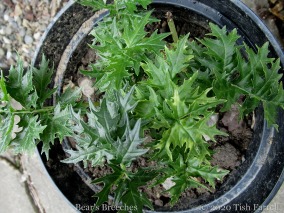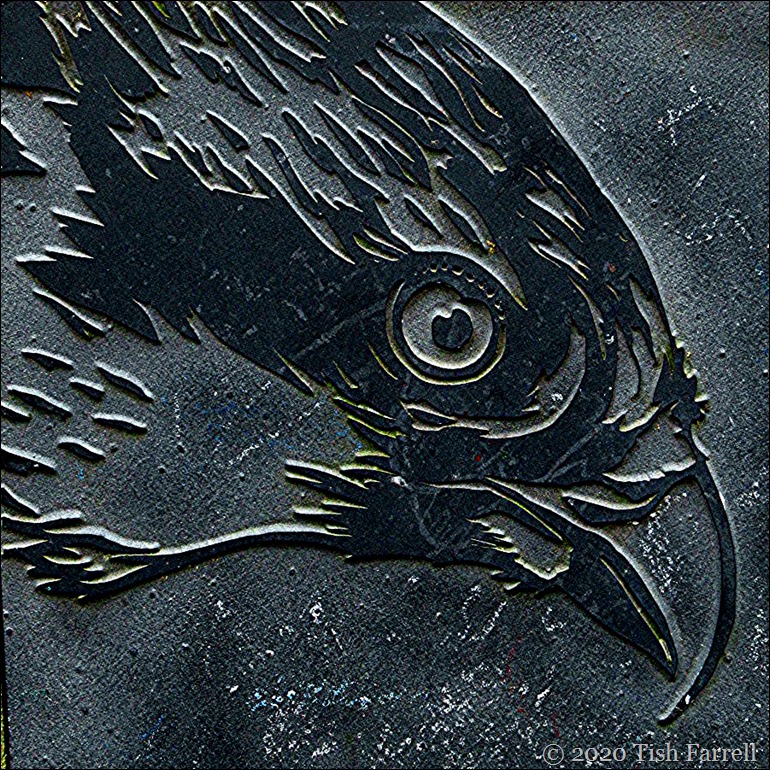This amazing amaryllis is one of this month’s several gifts: the result of a ‘doorstep swap’ with neighbour Sue. One of the consequences of being ‘confined to barracks’ has been the sudden sell-out of all garden seeds and sundries. If you didn’t do your orders back in January and February then getting hold of tomato seeds for instance can be proving a challenge. Sue hadn’t, but I had, so earlier this month I gave her some assorted seedlings, while she gave me the amaryllis (a plant I have never before possessed and at the point of exchange just a single fat bud) and then later she dropped off some mange tout and French bean seedlings. This week another chum Mary left two pots of young acanthus plants (bear’s breeches) in the porch, ideal candidates for the guerrilla garden where they are now happily settling in.
April’s other big gift was a good two weeks of sunshine, and although some days came with a cruel east wind, the sky has been blue, blue, blue and the apple blossom delicious. And though we are now back to chilly wintery weather at least we have had some rain which was also much needed. (I never thought I’d be saying this after the autumn-winter deluges). And cold or not, the garden is definitely saying ‘SPRING’.
One unintended consequence of seasonal upsurge has been the sprouting of my willow obelisk. Back in March I was given a big bundle of stems. After consulting The School of YouTube, I had a go at making a pot support for sweet peas. It worked out fairly well, but this month it has started growing – along with the sweet peas and some climbing French bean seedlings. Ah well. I’m thinking the greenery will provide a good ‘backdrop’ for the sweet peas, though I may need to do some serious pruning. I made another smaller obelisk this week. In due course I could have a willow forest.
This month has also meant much labouring at the allotment – four rows and a raised bed of spuds put in, three different sorts of climbing peas and two short varieties planted out; beetroot seedlings in; parsnips sown; weeding, edging, path mowing, compost turning, digging all accomplished. Three cauliflowers have been devoured, while a fourth remains to be made into cauli and potato curry; lots of greens in the polytunnel which need to be eaten to make room for the peppers, tomatoes and aubergine plants. On the home front the conservatory is bursting with seedlings.
And I also managed to finish re-working a short story – praise be to the deities of creative writing!
The last of my April gifts is the opportunity it has given us for reflection and observation. As I was coming home from the allotment the other evening I noticed how very lovely the hawthorn blossom is when caught at close quarters. I don’t remember every peering into the flowers before. They are quite exquisite. They have a faint dusky scent too. So I picked a sprig and then found some lilac in the hedge along the field path and when I got home popped them in a vase on the kitchen cupboard.



















































